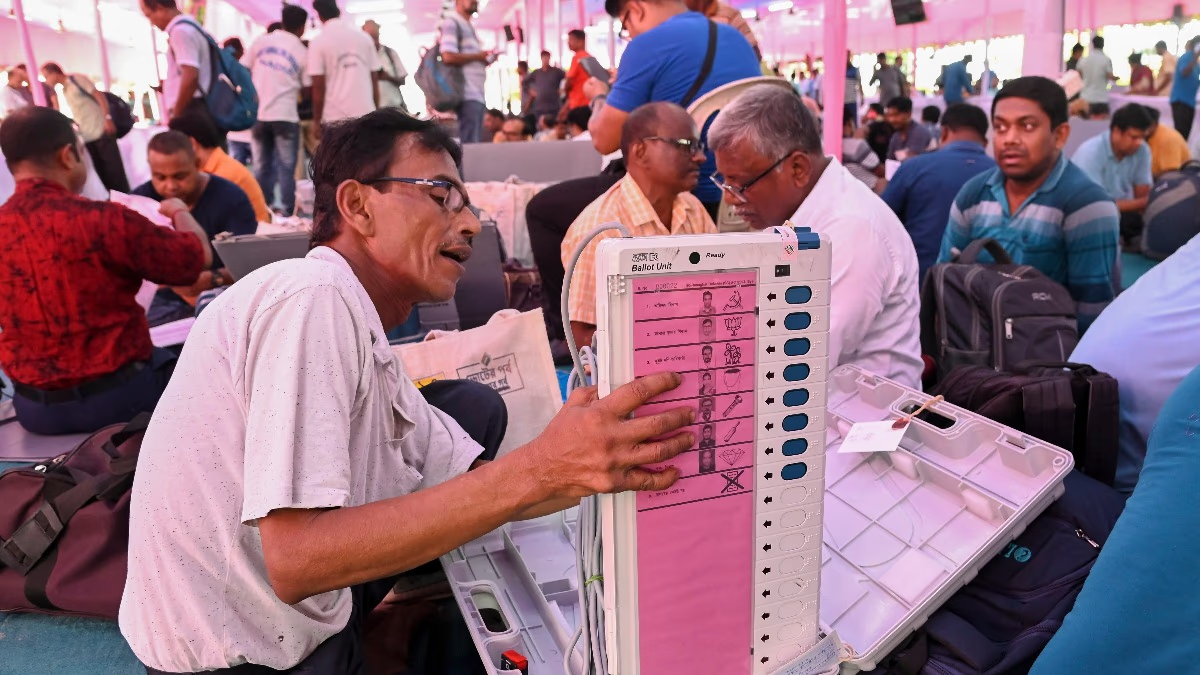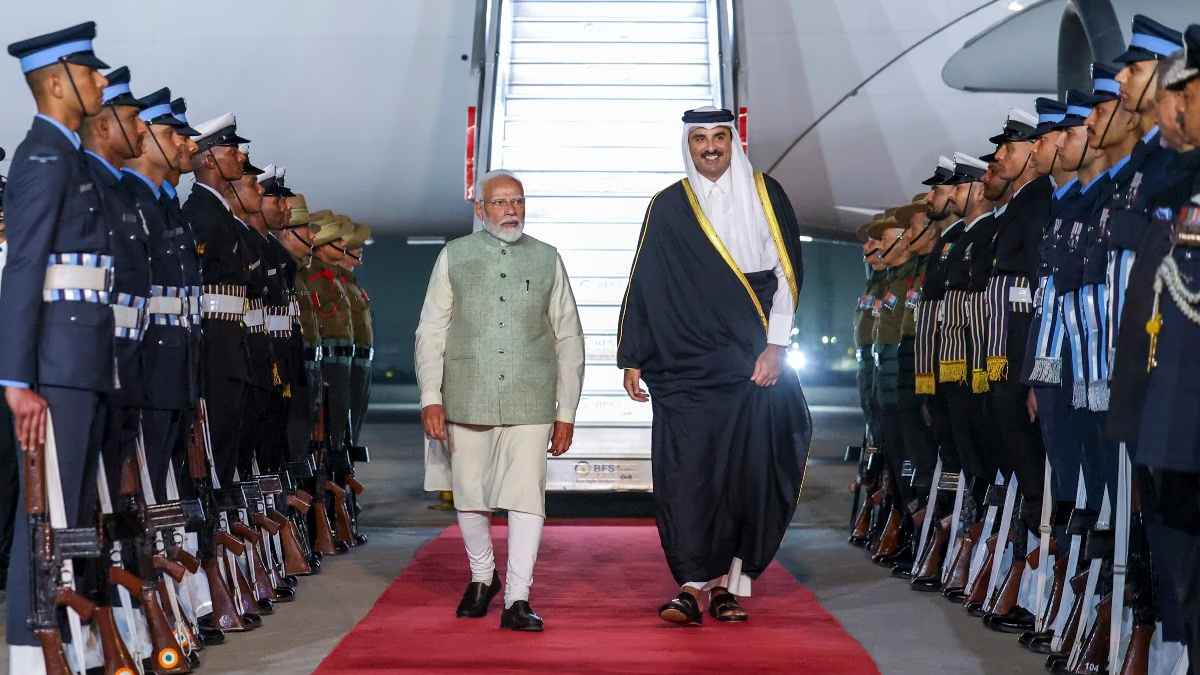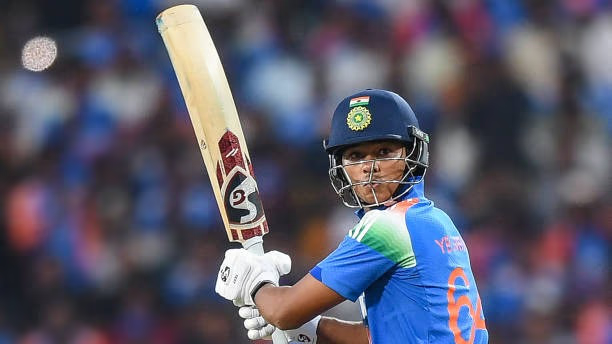On Tuesday, the Supreme Court heard petitions demanding a policy to verify Electronic Voting Machines (EVMs). These petitions urge the Election Commission to establish guidelines for examining the memory and microcontroller of EVMs. During the proceedings, the court requested a response from the Election Commission (ECI) and ordered that no data be deleted or reloaded from the EVMs in the meantime.
The petition for EVM verification was submitted by the Association for Democratic Reforms (ADR), and the hearings were led by Chief Justice Sanjiv Khanna and Justice Dipankar Datta.
The court emphasized their intent to prevent tampering with EVMs, mentioning the potential assistance of engineers to confirm if tampering has occurred. The concern stems from a lack of proper communication on the matter. The Election Commission responded, indicating compliance with the court’s desires. The court ordered the ECI to try implementing this while remaining neutral about which party is correct. They gave a 15-day deadline for a response from the Election Commission on this issue.
The court dismissed intentions to consider the petition from Karan Singh Dalal and MA 40/2025 in detail. It insisted on verification procedures without altering or reloading data, ensuring someone certifies the execution of these standards.
The court asserted that only engineers could offer clarification if a losing candidate suspects tampering with EVMs. It is crucial to dispel any doubts individuals might have, ensuring transparency and resolving different perceptions. The matter is not adversarial. Sometimes, coherent communication fails to occur. Ensuring no tampering with EVMs, the engineers might clarify if such an event occurred. Discovering the truth is the primary aim.
The Supreme Court opens channels for Election Commission feedback on EVM security, emphasizing transparency.
During the hearing, Advocate Prashant Bhushan, representing ADR, emphasized that the Election Commission's process, as determined by a Supreme Court ruling, should align with their standard operating protocol. He advocated thorough checking of EVM software and hardware to ensure no tampering had occurred.
In response, Chief Justice Khanna questioned if the paper trail would remain post-vote counting. Bhushan replied, emphasizing the importance of preserving EVMs and the presence of a paper trail.
After considering arguments from both sides, the court clarified its previous order, aiming to ensure no disturbances until vote counting was complete. The concern was to detect any suspicions, avoiding EVM tampering, and allowing engineering assessments to determine any mishandling.




